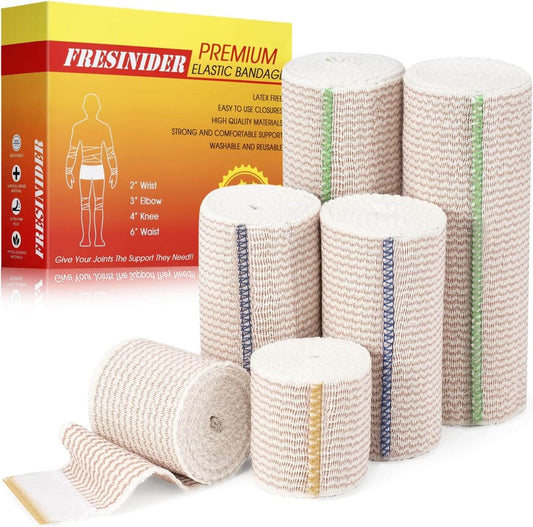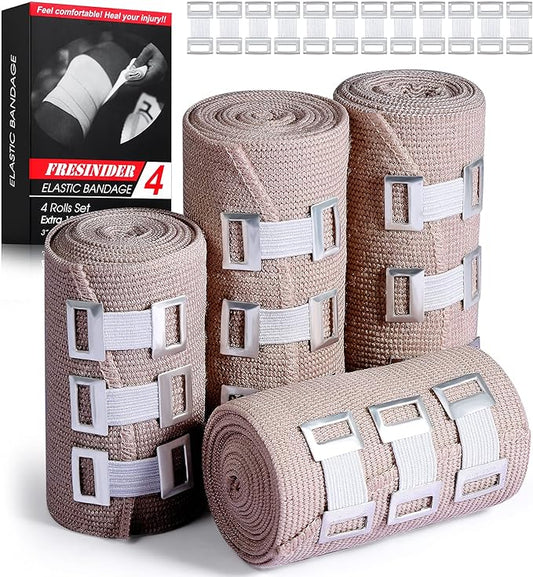Wound care is an essential part of recovery, whether you’re dealing with a small blister from new shoes, a burn from cooking, or a post-surgical incision. Choosing the right dressing can mean the difference between slow healing and smooth recovery.
One of the most effective solutions for everyday wounds is the hydrocolloid dressing. Known for its ability to act like a “second skin,” this type of dressing protects the wound, keeps it moist, and helps minimize scarring. But how does it actually work, and when should you use it?
What Is a Hydrocolloid Wound Dressing?
A hydrocolloid wound dressing is an advanced, self-adhesive dressing that combines gel-forming agents (such as gelatin, pectin, or carboxymethylcellulose) with a flexible backing.
- When the dressing contacts wound exudate, it absorbs fluid and transforms into a soft gel.
- The gel cushions the wound, protects it from friction, and supports natural healing.
- Hydrocolloids are thin, flexible, and semi-transparent, making them discreet and comfortable for daily wear.
Think of it as a “second skin”—a protective layer that shields your wound while letting the body do its healing.

How Does a Hydrocolloid Dressing Work?
Inner Gel-Forming Layer
The hydrocolloid particles absorb exudate and swell into a gel. This gel covers the wound bed, locking in moisture and creating a healing-friendly environment.
Outer Protective Film
The top layer is waterproof, shielding the wound from water, dirt, and other contaminants, while remaining breathable to support skin health.
Moist Healing Environment
By preventing the wound from drying out, hydrocolloids support tissue growth and help minimize scarring, especially for acne and superficial wounds.

Benefits of Hydrocolloid Dressings
- Gentle on the skin – Suitable for sensitive skin, children, and elderly patients.
- Extended wear time – Often 2–5 days, reducing frequent changes.
- Waterproof & breathable – Shower-friendly while protecting the wound.
- Helps minimize scarring – Supports natural tissue regeneration.
- Discreet & comfortable – Thin and semi-transparent for everyday comfort.
- Versatile – Useful for blisters, acne, burns, scrapes, and early-stage pressure ulcers.
Shop FRESINIDER Hydrocolloid Dressings
When to Use Hydrocolloid Dressings
Ideal for:
- Blisters from shoes or sports
- Acne and pimples
- Minor burns and scrapes
- Post-surgical incisions with light exudate
- Early-stage pressure ulcers (Stage I–II)

Avoid using on:
- Infected or heavily bleeding wounds
- Wounds with heavy exudate or deep injuries
How to Apply Hydrocolloid Dressings (Step by Step)
- Wash your hands thoroughly and, if possible, wear gloves.
- Remove the old dressing carefully and cleanse the wound.
- Pat the area gently until dry.
- Select a dressing 2–3 cm larger than the wound edges.
- Peel off the backing and apply smoothly, avoiding air bubbles.
- Leave in place for up to 5 days (or as advised by a healthcare professional).
- To remove, gently lift one corner and stretch the dressing outward, not upward, for a smooth and pain-free removal.

Hydrocolloid vs Other Dressings
| Feature | Hydrocolloid Dressing | Silicone Foam Dressing | Traditional Gauze |
|---|---|---|---|
| Exudate Level | Light–moderate | Moderate–heavy | Minimal |
| Transparency | Semi-transparent | Opaque | Transparent but sticks |
| Wear Time | 2–5 days | 3–7 days | Multiple changes daily |
| Best For | Blisters, acne, minor burns | Surgical sites, diabetic ulcers | Minor cuts, temporary cover |
| Comfort | Thin, discreet, “second skin” | Cushioned, gentle removal | May cause pain on removal |
Hydrocolloid and silicone foam dressings each play a unique role in wound care.
Discover how silicone foam dressings work in our detailed article.
Why Choose FRESINIDER Hydrocolloid Dressings?
- Ultra-thin, self-adhesive design for everyday comfort.
- Waterproof yet breathable film that protects while allowing skin to breathe.
- Multiple sizes (2x2, 3x3, 4x4 inches) for different wound types and body areas.
- Trusted by caregivers and home users alike for reliable, gentle protection.
Order FRESINIDER Hydrocolloid Dressings
Conclusion
Hydrocolloid wound dressings are versatile and effective for light to moderately exudating wounds. Acting like a second skin, they protect wounds, maintain a moist environment, and help minimize scarring—making everyday wound care simpler and more comfortable.





